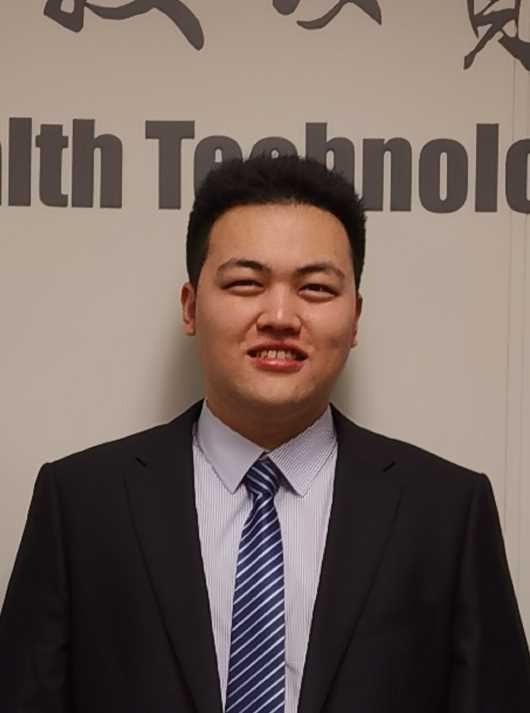Ultra-Quality Multi-Parametric 4D-MRI for Real-Time Tumor Tracking in Liver Radiation Therapy Using A Dual-Supervised Downsampling-Invariant Deformable Registration Model
H Xiao1*, X Han1, S Zhi1, Y Wong1, C Liu1, W Li1, W Liu2, W Wang2, Y Zhang2, H Wu2, H Lee3, A Cheung4, H Chang3, T Li1, J Cai1, (1) The Hong Kong Polytechnic University, Hong Kong, 91, CN, (2) Key Laboratory of Carcinogenesis and Translational Research (Ministry of Education/Beijing), Peking University Cancer Hospital & Institute, Beijing, 11, CN, (3) The University Of Hong Kong, ,,(4) Queen Mary Hospital, ,,
Presentations
SU-F-BRC-4 (Sunday, 7/10/2022) 2:00 PM - 3:00 PM [Eastern Time (GMT-4)]
Ballroom C
Purpose: To develop a novel ultra-quality multi-parametric (UQMp) 4D-MRI technique that satisfies the requirements of real-time tumor tracking in liver radiation therapy.
Methods: Forty-two liver tumor patients undergoing radiotherapy were collected from Beijing Cancer Hospital with IRB approval. Each patient received a 4D-MRI scan using TWIST volumetric interpolated breath-hold examination (TWIST-VIBE) sequence. Thirty-one of the patients also received Mp 3D MR scans as prior images, including T1-weighted (T1w), T2-weighted (T2w), and diffusion-weighted MR imaging (DWI) with b-value of 50 and 800. The original 4D-MR images were retrospectively down-sampled via non-uniform fast Fourier transform using 100 radial spokes in the k-space to simulate the online acquisition in real-time tumor tracking. UQMp 4D-MRI at any instant was considered a deformation of the prior images, and the deformations were estimated by a dual-supervised downsampling-invariant deformable registration (D3R) model. The registration performance and robustness of the proposed D3R model were compared to conventional methods, including Demons, Elastix, and parametric total variation (pTV) algorithm. The constructed UQMp 4D-MRI was evaluated by tumor tracking accuracy and image quality indicators, including tumor contrast-to-noise ratio (CNR), liver-lung edge sharpness, and perceptual blur metric (PBM).
Results: The retrospective downsampling successfully simulated the real-time MRI with imaging frequency greater than 3 Hz, and the D3R model showed significantly higher image similarity measures on it than the conventional methods. For all the UQMp 4D-MRI, respective relative tumor motion errors were 1.18±1.20, 0.52±0.55, and 0.41±0.47 mm in the superior-inferior, anterior-posterior, and mid-lateral directions. From the original 4D-MRI to the UQMp 4D-MRI, CNR increased from 8.30±6.87 to 35.28±35.29, lung–liver edge full-width-at-half-maximum decreased from 9.53±3.08 mm to 5.87±2.28 mm, and PBM decreased from 0.70±0.01 to 0.38±0.01.
Conclusion: This study demonstrated a novel real-time UQMp 4D-MRI method based on highly undersampled images, which holds great promise for real-time tumor tracking in liver radiation therapy.
Funding Support, Disclosures, and Conflict of Interest: This research was partly supported by research grants of General Research Fund (GRF 15102118, GRF 15102219), the University Grants Committee, Health and Medical Research Fund (HMRF 06173276), the Food and Health Bureau, Hong Kong Special Administrative Regions.
Keywords
MRI, Deformation, Image-guided Therapy
Taxonomy
Contact Email



